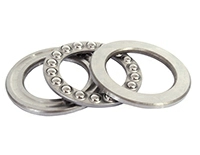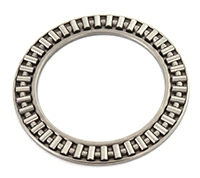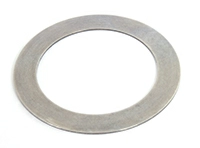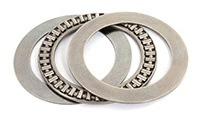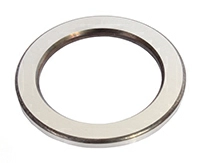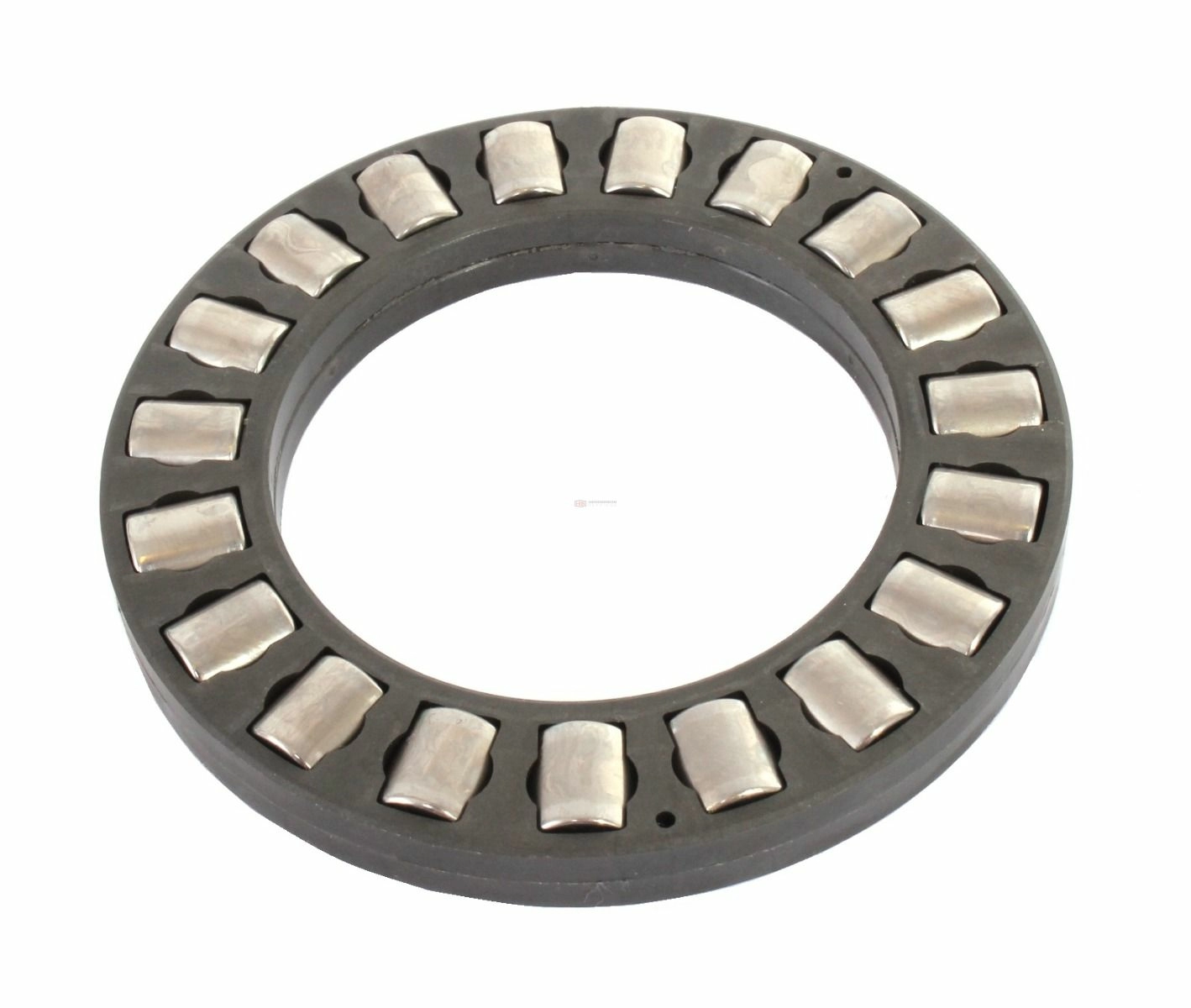Thrust Bearings
Thrust Bearings are distinctive for their exceptional performance under axial loads. These types of bearings are designed for diverse sizes, capacities, and pressure thresholds.
What are Thrust Bearings?
Thrust Bearings, popular for their exclusive design, accommodate axial loads proficiently. They're known to adequately support axial forces, which operate parallel to the shaft, quite unlike ordinary bearings which handle radial or rotating loads. Featuring a distinct design that invariably includes a ring and rolling element, Thrust Bearings ensure that rotational motion is not inhibited, thus allowing smooth and efficient operation. Due to this design, they support high axial loads, while simultaneously reducing friction between rotating parts. As part of our offering, we provide a variety of Thrust Bearings, including but not exclusive to, Ball Thrust Bearings and Roller Thrust Bearings. Ball Thrust Bearings, generally suited for low-speed applications, can manage thrust loads while the Roller Thrust Bearings are perfect for high-speed, high load applications, and can support larger thrust loads. From ship propeller shafts suffering significant axial loads, to crankshafts in large car engines where axial movement should be negligible, our range of versatile Thrust Bearings cater to a multitude of industry applications, guaranteeing high performance, reduced friction, and extended machinery life.
What are thrust bearings and how do they work?
Thrust bearings are designed to help parts of a machine move along a straight line. They support 'axial loads', which means the load is coming head-on. You can imagine it like a game of tug-of-war where the load is coming directly from the front or back. SKF manufactures a range of thrust ball bearings that are widely used in various industries for their reliability and performance.
Which machines typically use thrust bearings?
These bearings are often used in machines where parts need to push or "thrust" along a straight line or axis. You can find them in car transmissions, marine propellers, and even in your washing machine where the drum needs to spin back and forth. Many industries rely on SKF thrust ball bearings for precision and smooth operation in these applications.
How will I know when my thrust bearings need replacing?
If you hear unusual noises, see noticeable slowdown in machine performance, or spot visible wear and tear during a routine check-up, it might be time to replace your thrust bearings. Regular checks can help to identify these issues early. Choosing a trusted service provider can ensure the correct direction for replacement and maintenance.
Is replacing thrust bearings something I can do myself or is professional help required?
Although it's possible to replace bearings if you're handy with mechanical tasks, it's usually best to leave this job to professionals. The procedure requires specialized tools and can be complex, so having an expert do it ensures the safety and efficiency of your machine. Seeking a professional service will help maintain the longevity of your thrust ball bearing and ensure they function correctly.
